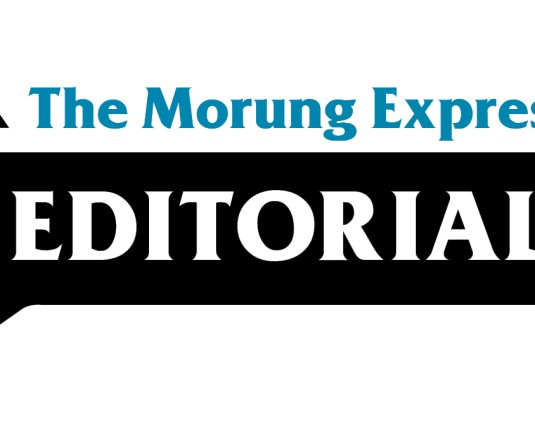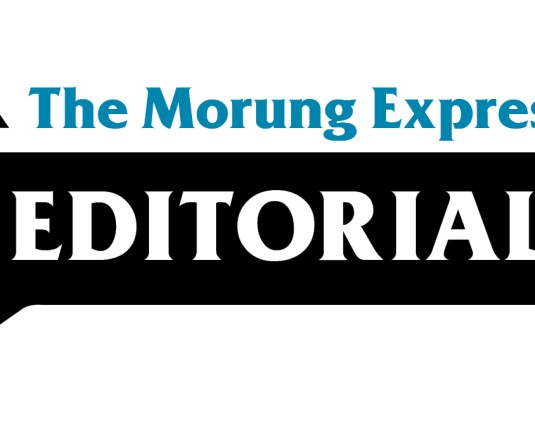
The role of the government is vital promoting sports in a state or country. The overall development of sports personalities as well as the infrastructure is in everyone’s interest and a comprehensive policy is needed to ensure such outcomes.
Yet, it remains an ignored or disrespected domain in the State. When the People’s Democratic Alliance (PDA) assumed office in March 2018, the promotion of sports was touted to be one of its main thrust areas. Apart from the sports policy “with 100 days in power,” even a Sports University was pledged in its Common Minimum Programme (CMP) released in May.
The deadline has long passed. The citizen couldn't care less - more surprised by the bold announcement with timeline, rather than the possible implementation failure. Experiences through years of tall unfulfilled promises in other spheres have either made them impervious and cynical. Such state of affairs is a norm, not an exception.
The annual chiding by the Comptroller and Auditor General of India (CAG) reports for “ad-hoc promotion of sports and culture in the state” with whimpering responses clearly attest the assertion. As commented in earlier pieces, even after five decades of statehood, a decent stadium remains elusive in the state, a gross indictment of the government’s apathy and a grave injustice to all sports aficionados and practitioners alike.
It is more astounding that the Nagaland Government did come out with a ‘Nagaland Sports Policy 2006’ - designed primarily to facilitate the multi-dimensional and integrated approach to accelerate sports. Till date, it is invisible even on paper in the public domain.
As a result, during 2010-15, out of 636 medals, including 164 gold won by Naga at various national events, only 12 came from the two academies run by the state, while 152 are from others.
The Chief Minister Neiphiu Rio seems to be aware of the maladies when he lamented that after winning “11 medals including 1 gold” in its debut 33rd National Games held in February 2007, at Guwahati, Assam, the state’s performances have declined in subsequent years.
Speaking on the closing function of the NE-Zone Inter-State Badminton Championship organized by the Nagaland Badminton Association in Dimapur on October 13, he again promised that the “State Government will be coming out with a Sports Policy wherein various sporting disciplines which are suitable to our people will be identified and promoted.” The objective, he stated, is to mould players “at par with national and international level sportspersons. “ Central assistance was sought on this matter.
Today sport has emerged as an important component of socio-economic development. Recognizing how sports have historically played an “important role in all societies,” the United Nations has also declared April 9 as the “International Day of Sport for Development and Peace,” the day the first Olympic games of the modern era was inaugurated in Athens in 1896. In 1978, the UNESCO described sport and physical education as a "fundamental right for all," and the “right of access to, and participation in, sport and play” are recognised by several international conventions.
The Chief Minister has already diagnosed the problem. The cure is in his hand, provided he is willing to start the treatment. Deeds, not words, should do the talking now.





